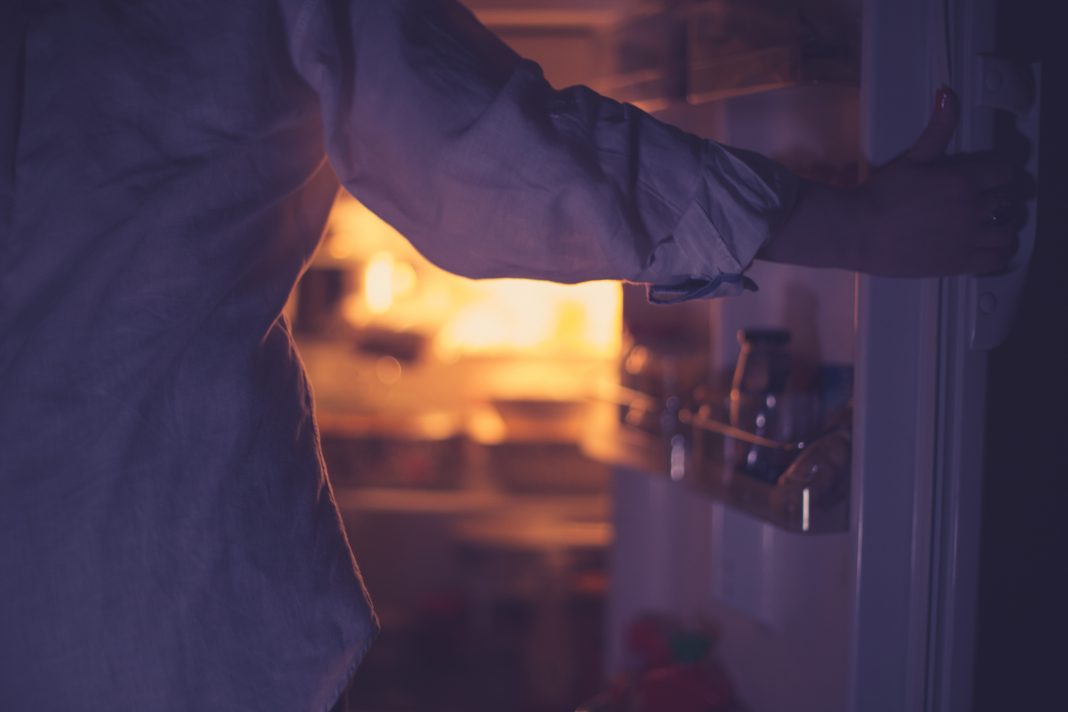One of the most effective interventions for certain types of anxiety disorders is exposure therapy – confronting your fears in a safe environment
For adolescents with eating disorders, researchers at Penn State College of Medicine looked at whether exposure therapy could be a promising treatment for those with a fear of food.
Eating disorders, in this instance, anxiety toward food, are quite common among teenagers, with up to 30 million Americans predicted to struggle with eating disorders according to the National Eating Disorders Association.
Jamal Essayli, assistant professor of paediatrics and of psychiatry and behavioural health, said: “As a society that is so heavily influenced by diet culture, our relationships with our bodies can be dysfunctional.
“Having an anxious or perfectionistic predisposition and being teased about your body size or weight can both increase a person’s risk for developing an eating disorder.”
The LGBTQ+ community and adolescents are particularly vulnerable to disordered eating
The researchers analysed 54 adolescents with a median age of 14 years who were participating in a partial hospitalisation program for eating disorders, running for five days a week for an average of eight weeks per individual. The clinical team exposed the patients to a feared food every day.
The clinical team exposed the patients to a feared food every day
For instance, some participants were given a full-sized candy bar on Mondays, something baked such as a cookie on Tuesdays, pizza on Wednesdays, a dessert on Thursdays and a breakfast item such as pancakes on Fridays. Essentially, commonly feared foods due to calorie content and so on.
In addition, the participants provided subjective units of distress (SUDS) ratings on a scale from 0 (no distress) to 10 (extremely high distress) immediately before and after each food exposure.
From this, the study found that exposure therapy did help kids who were in a partial hospitalization program for eating disorders experience decreased anxiety toward food. But how?
Integrating food exposure into partial hospitalisation programs
In these tests, the adolescents were allowed and encouraged to discuss their feelings about the exposure challenges in weekly therapy sessions.
Essayli explained: “Many of these patients were underweight or weight suppressed and had intense anxiety about these foods. It was important for them to learn that there’s nothing horrible about having pizza and ice cream at a party, for example, that it’s actually part of a fulfilling life.
“One of the things we wanted to test was whether within-session and between-session habituation were important for weight gain. Say, you’re afraid of dogs. If you’re doing exposure therapy by spending time around a dog, within-session habituation is when your anxiety decreases while you’re with the dog.
“Between-session habituation is when your anxiety decreases from session to session across days.”
“Between-session habituation is when your anxiety decreases from session to session across days.”
Essayli noted that this distinction is vital, as the extent to which clinicians should emphasise or disregard fear reduction during exposure therapy sessions for eating disorders has been previously unknown.
Overall, fear decreased significantly over time prior to exposure to feared foods, providing some evidence that between-session habituation occurred. However, within-session habituation did not occur, meaning weight gain and improvements the patient’s eating disorder happened outside of the exposure therapy sessions.
Essayli finalised: “Our findings provide support for integrating food exposure into partial hospitalization programs for adolescents with eating disorders who are undergoing weight restoration. And while more research is needed, our results may begin to help clinicians determine how much emphasis to place on within-session habituation and between-session habituation.”











